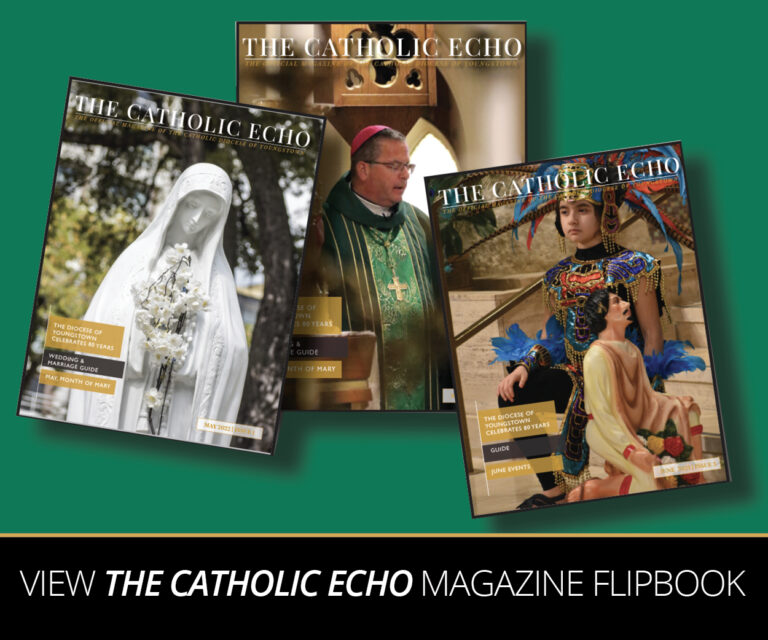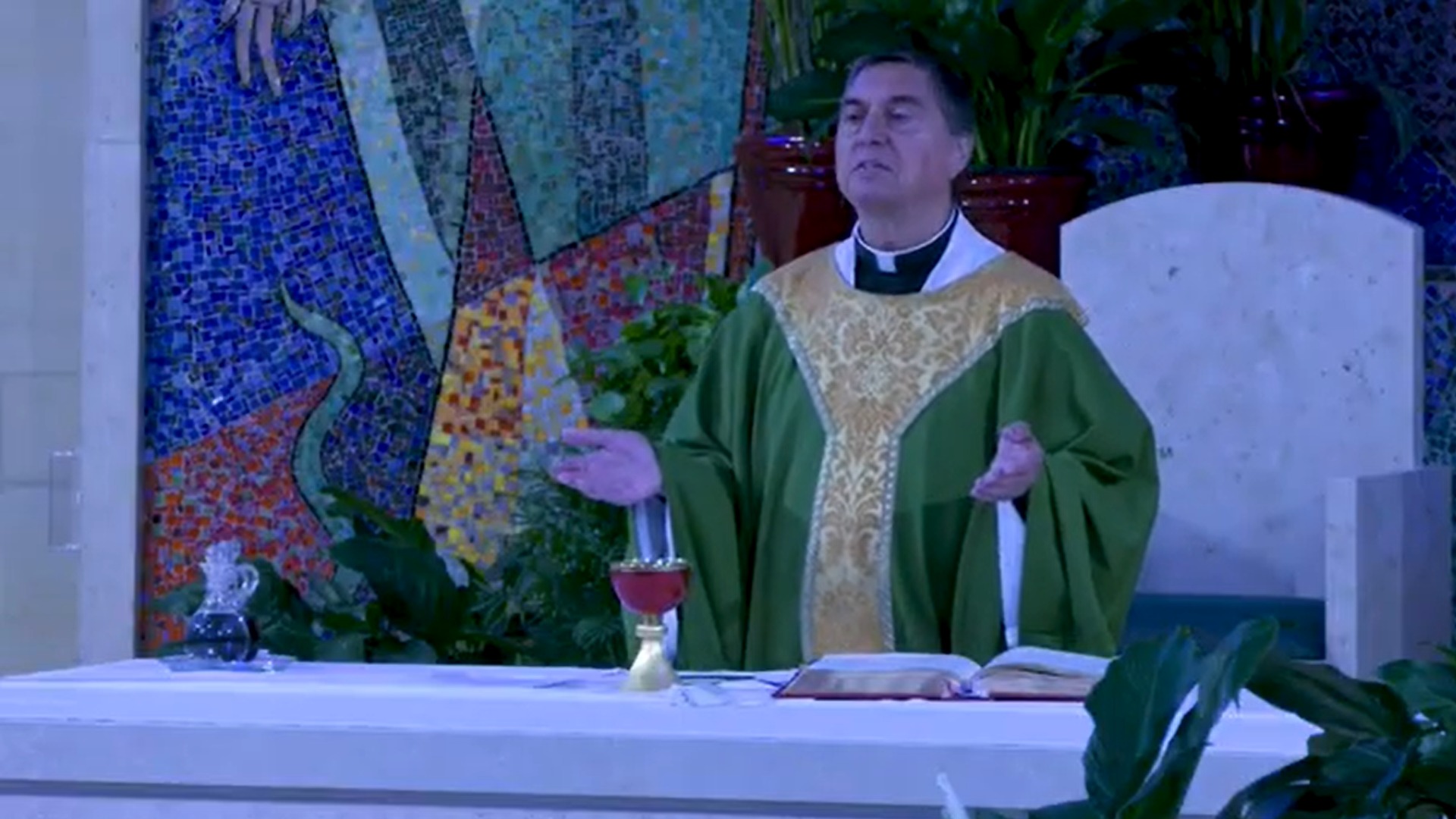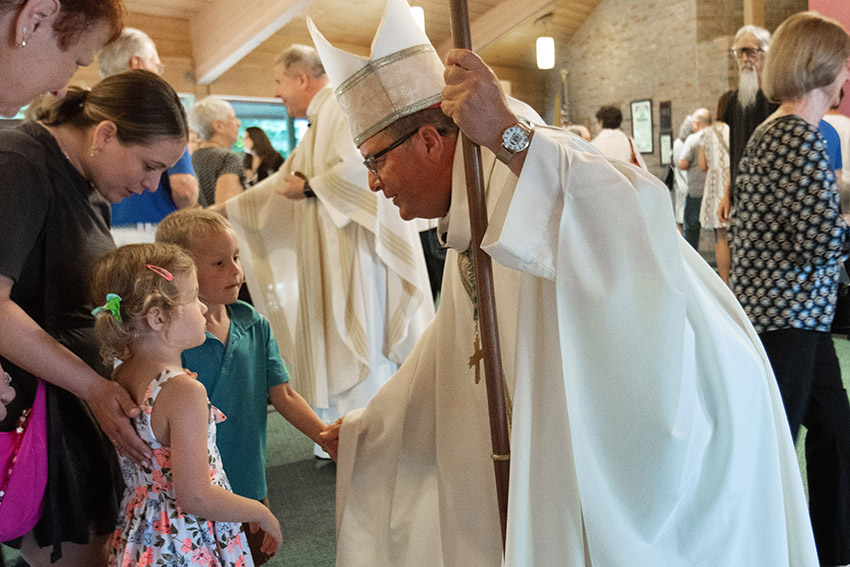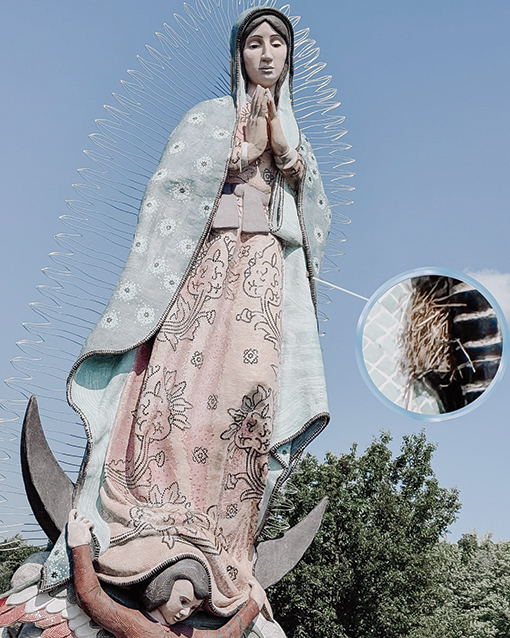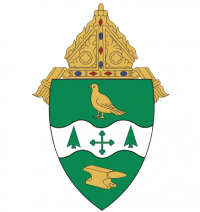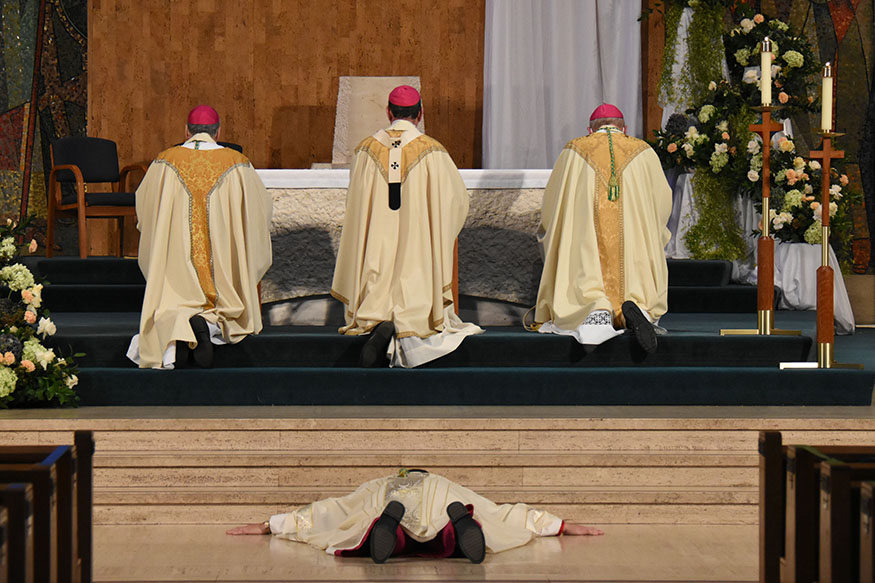
On May 1, 2025, Bishop-elect John Keehner will be ordained and installed as the eighth Bishop of the Diocese of Sioux City, Iowa. The ordination ceremony of a Bishop is a joyful celebration—not only for the person being ordained, but for the diocese receiving a new Bishop. It is a ceremony that doesn’t happen all that often. In our diocese, it has occurred only four times in our history—most recently when Bishop David Bonnar became our Bishop in 2021 and previously for Bishop James Malone (1960) and Auxiliary Bishops Benedict Franzetta (1980) and William Hughes (1974).
According to the Rite of Ordination (#7), “The laying on of hands and the Prayer of Ordination make up the essential element of every ordination,” whether it be for a deacon, priest or Bishop. However, each distinct ordination rite contains characteristics particular to the individual ceremony.
“Through sacred Ordination, certain of the Christian faithful are appointed in the name of Christ and receive the gift of the Holy Spirit to nourish the Church with the word and grace of God” (#11 Lumen Gentium). A Bishop, as a successor of the Apostles and through episcopal Ordination, belongs to the body of Bishops gathered under one head, the Pope—the successor of Peter. The elements contained within the Rite of Ordination of a Bishop express this collegial and fraternal relationship as well as the fullness of ministry the Bishop exercises as a herald of faith, a steward of grace and a beacon of charity and unity.
Unique to the Ordination of a Bishop is that the principal ordaining Bishop is to be joined by two other Bishops in celebrating the Rite of Ordination. Thus, at an Ordination of a Bishop, three Bishops are required and serve as the ministers of ordination. Other Bishops in attendance also participate through the laying on of hands and reciting a designated part of the Prayer of Ordination in raising the Bishop-elect to the ministry of the High Priesthood.
After the Liturgy of the Word, the Rite of Ordination of a Bishop begins with everyone standing and singing the hymn “Veni, Creator Spiritus,” or a similar hymn to it, invoking the Holy Spirit to be present during these sacred rites. Upon completion of the hymn, the Bishop-elect is presented to the principal ordaining Bishop and the assembly, with the request that he be ordained to the responsibility of the Episcopate. The ordaining Bishop asks that the mandate from the Holy See be read. Most often, the Apostolic Nuncio (the Pope’s representative) reads the mandate and at the conclusion the assembly responds, “Thanks be to God,” giving their assent to the Bishop-elect. In turn, the Bishop-elect receives the mandate, shows it to the Diocesan Consultors and walks through the cathedral showing the mandate to all present.
After the homily, the Rite of Ordination continues with the Bishop-elect standing before the principal ordaining Bishop, who questions the Bishop-elect’s “resolve to carry out his office in accord with the mind of Christ and of the Church, in communion with the Order of Bishops under the authority of the successor of the holy Apostle Peter” (#24 Rite of Ordination). In response and as a sign of total supplication to the will of God, the Bishop-elect prostrates himself, while all others kneel and the Litany of the Saints is prayed invoking the saints to come upon the Bishop-elect in support, guidance and inspiration as he undertakes this new ministry.
Upon the conclusion of the Litany of the Saints, the Bishop-elect kneels before the ordaining Bishop and, following ancient tradition and in solemn silence, the principal ordaining Bishop lays his hands upon the head of the Bishop-elect. The other two ordaining Bishops—along with all the other Bishops present—also lay hands on the head of the Bishop-elect, signifying their unity as members of the body of Bishops. The principal ordaining Bishop then receives the Book of the Gospels, and with assistance, the Book of the Gospels is placed above the head of the Bishop-elect, signifying the faithful preaching of the word of God as a preeminent obligation of the office of Bishop. Loudly and clearly, the Prayer of Ordination is prayed by the principal ordaining Bishop, then all all present offer a resounding “Amen,” thus signifying their assent and acknowledging the newly ordained Bishop.
The Ordination Rite continues with the Anointing of the Head, the Handing on of the Book of the Gospels and the giving of the insignia. The newly ordained Bishop kneels before the ordaining Bishop, who anoints the head of the new Bishop with the Sacred Chrism. “The anointing of the head is the sign of the Bishop’s distinctive share in the Priesthood of Christ” (#26 Rite of Ordination). Next, the new Bishop receives the Book of the Gospels, again reminding him of his duty to faithfully preach and live the Word of God. The ordaining Bishop then presents the new Bishop with his episcopal ring and places it on his finger. The ring “symbolizes the Bishop’s fidelity to the Bride of God, the Church” (#26 Rite of Ordination). Finally, the new Bishop is given his miter that signifies his resolve to pursue holiness and his pastoral staff (crosier) that signifies the duty of guiding and governing the Church entrusted to him.
Upon completion of these presentations, the ordaining Bishop then leads the new Bishop with miter and staff to the cathedra (the Bishop’s chair), which the new Bishop occupies for the first time. This action is usually met with sustained applause from the assembly as the new Bishop—by sitting in the cathedra—takes possession of the Diocese entrusted to him, acting as Bishop for the first time.
The Rite of Ordination concludes with all the Bishops offering the new Bishop a fraternal kiss of peace, sealing the new Bishop’s admittance into the College of Bishops.
The Mass continues in the normal fashion with the name of the new Bishop being included in the Eucharistic Prayer for the first time. Following the Prayer after Communion, the hymn “Te Deum” is sung as the new Bishop is led through the cathedral, offering his blessing to the assembly. The new Bishop may offer some remarks at this time, before bestowing the final solemn blessing of the Mass.
The Mass concludes and the celebration continues! For the new Bishop, his work, ministry and service to the flock entrusted to him also begins. As a successor of the Apostles, the Bishop becomes a guiding spirit and faithful shepherd to God’s people. With this in mind and in prayer and thanksgiving, we offer our best wishes and support to Bishop-elect Keehner in his ministry.
Very Reverend Michael Balash serves as the Director of the Office of Worship, Vicar for Clergy and Religious Services and is pastor of St. Patrick Parish, Hubbard. He was instrumental in planning the Episcopal Ordination ceremony for Bishop David Bonnar.
